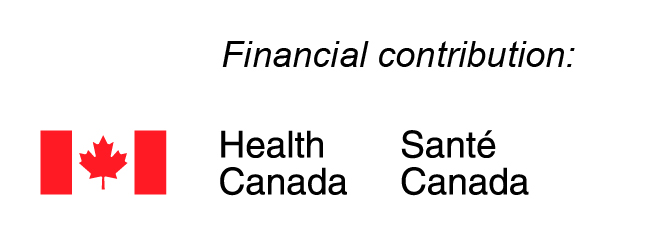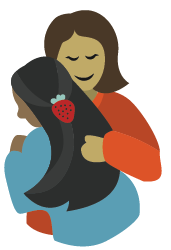
What is it?
Harm reduction is an evidence-based, client-centered approach that aims to reduce the number of health and social harms that are faced by people who face addiction or substance use issues (CMHA, 2019).
While standard sobriety/recovery methods typically require abstinence, harm reduction focuses on ways of reducing or minimizing the potential for harm through non-judgmental or coercive strategies.
Harm reduction provides an opportunity to connect people who are struggling with problematic substance use and addiction with peer support, resources and services and can lead to reductions in infections, illnesses, injuries and death related to drug use.
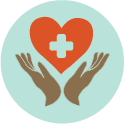
Myth:
Harm reduction condones or encourages substance abuse.
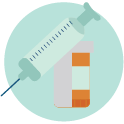
The reality:
Harm reduction acknowledges that substance use is inevitable in society and adopts a realistic approach that respects the dignity of those who use substances and aims to reduce associated harms.
Why It’s Necessary
The opioid crisis continues to devastate individuals, families and communities across Turtle Island, with the number of deaths rising annually since 2016 (FNHA, 2019).
Intergenerational trauma as a result of over 400 years of systematic oppression has had a profound impact on First Nations, Inuit and Métis women and research shows there’s a link between trauma and problematic substance use (Marsh et al., 2015).
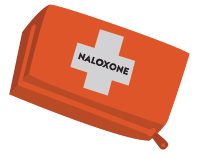
Different Forms of Harm Reduction
Needle exchange programs can help reduce the transmission of blood-borne diseases such as HIV and Hepatitis C through the provision of sterile needles to people who inject drugs.
Managed alcohol programs are programs that provide controlled and monitored doses of alcohol for people who may experience dangerous withdrawal symptoms or practice harmful alcohol-seeking behaviors.
Supervised Consumption Sites (also known as Overdose Prevention Sites and Safe Injection/Inhalation Sites) provide a safer and clean space for people who use drugs to consume under the care of support staff. These sites can also provide resources and connect people to doctors, treatment and support workers.
Naloxone is a medication that temporarily blocks the effects of opioids and can be obtained for free from many community and outreach centers, or from a pharmacy if you are covered by a provincial health plan or Non- Insured Health Benefits.
Decolonizing Harm Reduction
We know that reclaiming one’s identity is key to healing from trauma. Recovering “traditional values, beliefs, philosophies, ideologies, and approaches and adapting them to the needs of today” (Marsh et al, 2015) is necessary to healing from both trauma and problematic substance use for Indigenous women.
This means working on addressing the negative impacts of colonialist policies and values in all aspects of our lives, including harm reduction.
For example, decolonizing harm reduction can look like pushing back against “tough love” attitudes like banishing addicts or dealers from communities, or criminalizing (or re-criminalizing) people who use drugs.
Self-determination is key for someone navigating their relationship with substances – we must grant individuals, families and communities the space and support to decide what works best for them, and what they need to do in order to survive and thrive.
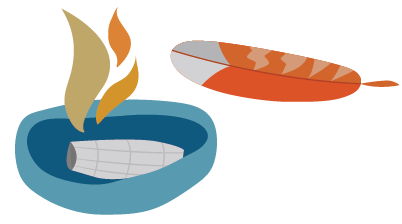
Critical Considerations
As First Nations, Inuit and Métis women, girls and gender- diverse people continue to experience higher rates of substance use and overdose, it is clear that mainstream Western approaches to harm reduction are not currently meeting the needs of Indigenous women.
Indigenous women continue to face barriers to attain health and wellness in body, spirit and mind as systemic racism in healthcare continues to act as a barrier to accessing quality and culturally-safe services and supports for substance use.
There is a need for voices of people with lived and living experience in this space as we need to meet folks where they are at, not where we think they should be.
Harm reduction resources, supplies and supports may be lacking outside of urban centers so we need to envision what harm reduction may look like in rural and remote communities.


